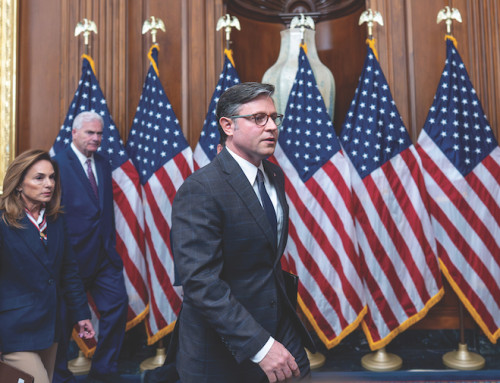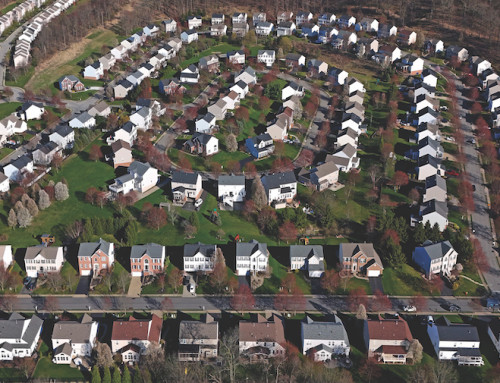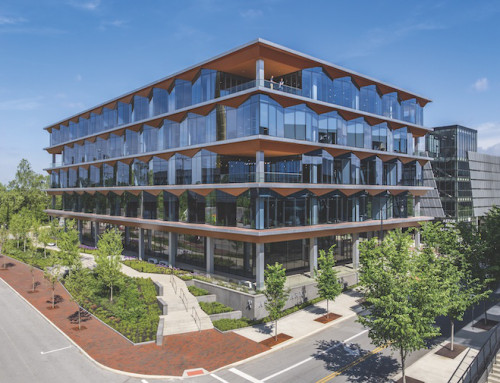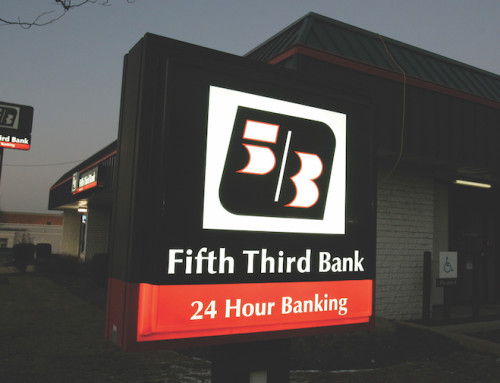It’s becoming more expensive for Americans to get their caffeine fix.
The average price of a pound of ground coffee hit $9.14 in September, a 3 percent increase from the August average of $8.87 and 41 percent higher than a year ago, according to federal government figures. Coffee prices have been increasing sharply since the start of the year.
Consumer prices for food purchased for home use and away from home were 3 percent higher in September compared to the same month a year earlier, according to the U.S. Labor Department.
The consumer price index, which measures a broader sample of all coffee products, including instant coffee, showed coffee prices up 19 percent from September 2024 and flat compared to August.
Nikki Bravo, the co-owner of Momentum Coffee in Chicago, raised prices by about 15 percent last week for lattes, cappuccinos and other drinks at her four locations.
Bravo said she is paying 15 percent more for coffee beans compared to a year ago and has started roasting more beans in-house to save money. She buys most of her beans from African producers.
Other coffee-related items also have grown more expensive, such as cups and sleeves, she said. The minimum wage in Chicago also rose July 1 to $16.60 an hour.
“At some point we just had to pass it along, we couldn’t continue to eat it,” Bravo said.
Elevated inflation has also left consumers uncertain and less willing to spend on a takeout coffee, she added.
According to Toast, a restaurant management system, the average price of a regular coffee at restaurants in September was $3.54 compared to $3.45 a year earlier.
Tariffs are blamed for some of the increase.
Outside of Hawaii and Puerto Rico, there are few places in the country at which coffee can be grown. So, 99 percent of America’s coffee is imported, according to the National Coffee Association, a trade group. Brazil is the top source for U.S. coffee, supplying 30 percent of the market.
The Trump administration imposed a 40 percent tariff on Brazilian products in July on top of a 10 percent tariff imposed earlier.
Brazilian producers have begun withholding shipments to the U.S. as they negotiate with American roasters over who will absorb the added cost, reducing supply in the U.S., according to investment bank UBS.
Colombia, which supplies 20 percent of the American coffee market, is subject to a 10 percent tariff, but President Donald Trump recently threatened higher tariffs and an end to U.S. aid to Colombia.
Vietnam, which supplies 8 percent of the U.S. coffee market, has been subject to a 20 percent tariff since the summer.
In September, Trump announced that “unavailable natural resources” could be exempt from tariffs for countries that have reached trade agreements with the U.S., but, so far, coffee hasn’t won any exemptions.
Heat, drought and other weather conditions have hurt coffee production globally in recent years, meanwhile, causing prices to surge. World coffee prices rose nearly 40 percent in 2024, according to the Food and Agriculture Organization of the United Nations.
Earlier this month, coffee prices rose after the National Oceanic and Atmospheric Administration declared that La Nina conditions had formed. That raised concerns about the possibility of drought in Brazil.
The risk to coffee production from climate change has some researchers trying to develop more climate-resistant varieties of coffee.
In September, a bipartisan group of U.S. House members introduced a bill that would repeal all tariffs on coffee.
“We only produce 1 percent of the coffee that Americans consume. It’s one of the best examples of Trump’s blanket tariffs making no economic sense,” U.S. Rep. Ro Khanna, a California Democrat, said. Khanna co-sponsored the bill with U.S. Rep. Don Bacon, a Nebraska Republican.









